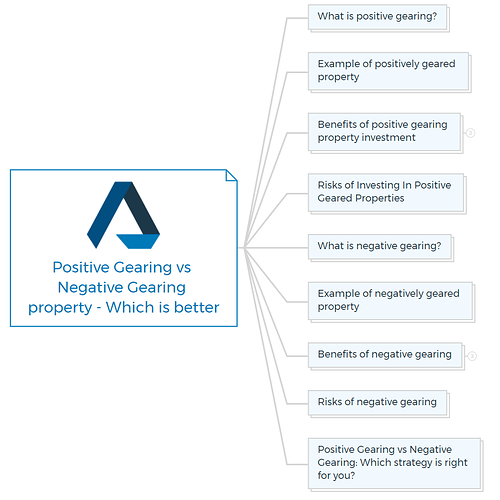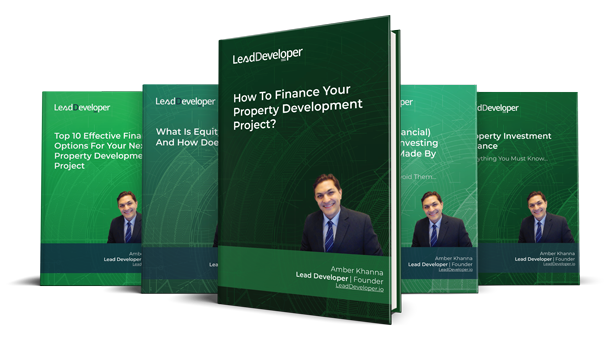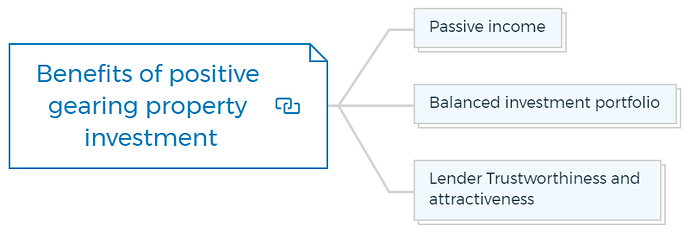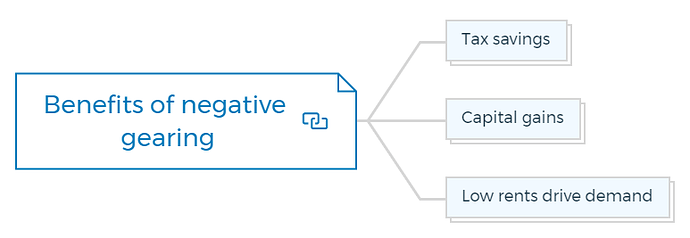Positive Gearing vs Negative Gearing - Which is better?
Positive and negative gearing are two strategies investors use to generate income from their investments. Positive gearing involves borrowing money to invest, while negative gearing is a form of investment in which the investor borrows money to buy an asset but loses on it initially.
Both investment strategies have advantages and disadvantages, so potential investors must understand their differences before making any decisions.
What is positive gearing?
Positive gearing is a strategy whereby an investor borrows money from a bank or other financial institution to purchase an asset.
The investor will receive income from this asset, which exceeds the interest and any other costs associated with borrowing money for the investment. This means that the investor may make a profit from their investment overall.
Positive gearing can be an attractive investment strategy for investors as it allows them to leverage their money and potentially make a high return.
You are missing out if you haven’t yet subscribed to our YouTube channel.
Example of positively geared property
A good example of positive gearing would be purchasing a property and renting it out.
If the rental income obtained from this property exceeds the mortgage payments, interest, taxes and other costs associated with owning a property, then that investor may make a profit overall.
Suppose there is a rental apartment of $300,000, which generates a 5% rental yield, i.e. $15,000 per year.
The borrower uses 20% of the deposit to purchase the property, that is, $60,000. They took an interest-only mortgage on the remaining amount of $225,000. The interest rate is fixed at 3.5%.
Rental income - $15,000
Mortgage - interest-only 3.5% - $7,875
Extra costs -$3000
Total income ($15,000) - Total Costs ($10,875)
Net cash flow per annum before tax is - $4,125
This shows how a positive gearing property generates profit from the beginning.
How To Finance Your Property Development Project?
And Other Books On Real Estate Development Finance
Includes 5 x detailed eBooks
✓ Property Development Finance: Easily Finance Your Project? (26 Pages)
✓ 10 Big (Financial) Property Investing Mistakes Made By Investors (58 Pages)
✓ 10 Finance Options For Your Next Property Development Project (29 Pages)
✓ What Is Equity Finance And How Does It Work? (42 Pages)
✓ Property Investment Finance - Ultimate Guide
Benefits of positive gearing property investment
Positively geared properties generate extra income that investors can use for a down payment on any other investment property or pay off their property investment loan faster.
You can balance your real estate investment portfolio by leveraging the additional cash flow from a positively geared property to compensate for the losses of negatively geared properties.
Having a second income can make you more appealing to a lender, making it easier to get money for other investments.
Risks of Investing In Positive Geared Properties
Positive gearing property investment is a low-risk investment strategy. Still, there are some limitations to positively geared properties.
- The ATO considers the rental income generated by positively geared investment properties to be taxable income. As a result, the overall amount generated on your property will decrease.
- Most positively geared investment properties are in rural or regional communities, with slower growth rates than in metro/city areas. This can also prevent you from using equity to invest in property.
- Investors must perform extensive market research to find a positively geared property with investment possibilities, as they are hard to find.
Learn More
What is negative gearing?
Negative gearing is the opposite of positive gearing. This involves an investor borrowing money to purchase an asset, but the income they receive from it is less than the costs associated with borrowing money.
In simple words - Negative gearing happens when the income from an investment property is less than the costs of maintaining that property.
It means that the investor will initially make a loss on their investment. Although this might sound counter-intuitive, negative gearing can be an effective investment strategy for long-term investors who are willing to take risks and have a tolerance for losses in the short term.
These real estate investors aim to benefit from potential capital gains over time when the value of their assets increases.
Example of negatively geared property
Let’s say John purchased a property in Australia for $30,000 in rental income each year. The cost of maintaining and holding a property is around $35,000.
It is a clear loss of $5,000, which John can use to reduce the tax burden on his salary.
However, if the property’s value increases over time, John may eventually make a profit when he sells the property.
Benefits of negative gearing
Negatively geared investment property offers many benefits to long-term investors.
A property owner can reduce tax liability by deducting investment property losses from their taxable income.
Investing in a growing location could boost your property’s value when you sell it. This will help you make a profit that makes up for the losses you’ve made over the life of the investment.
Some investors lower their rental rates to maintain a negative income and negative gearing. Doing so boosts their chances of keeping long-term tenants and having more replacement options if one moves out.
Risks of negative gearing
There are 3 major risks in negative gearing real estate investment -
- Lack of tenants. What if you buy a property that remains unoccupied for long durations because there are no tenants? Prevent this by finding a well-located property in an area that attracts many tenants.
- Property depreciation is another risk. Buy properties in desirable neighbourhoods, as they will rebound first when values recover.
- You must have enough cash each month to cover the difference between rental revenue and loan obligations. If you don’t make your loan payments on time, your property will be taken away, and you’ll lose your deposit.
Positive Gearing vs Negative Gearing: Which strategy is right for you?
Ultimately, the decision to use positive or negative gearing depends on an individual’s financial objectives and risk tolerance.
Potential investors should consider factors such as their income levels, available capital and the investment time frame when deciding which strategy may be more suitable for them.






